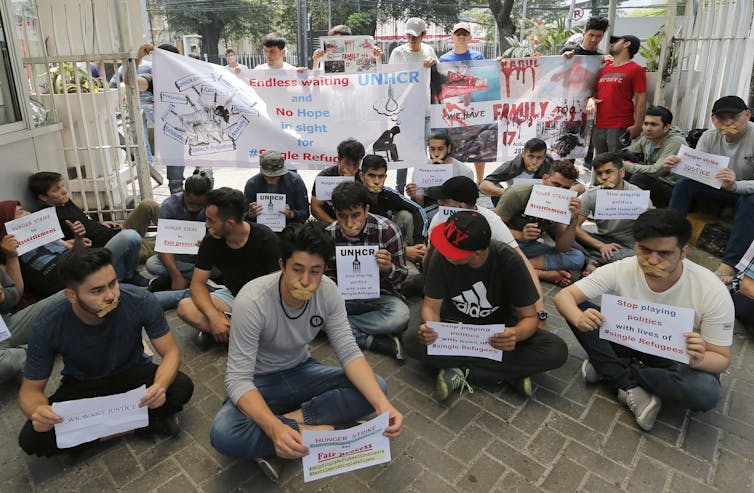Afghan refugees can no longer wait - Australia must offer permanent protection now
Canada is offering to resettle 20,000 Afghan refugees, including women’s leaders and journalists. Why has Australia so far been unwilling to make the same declaration?



